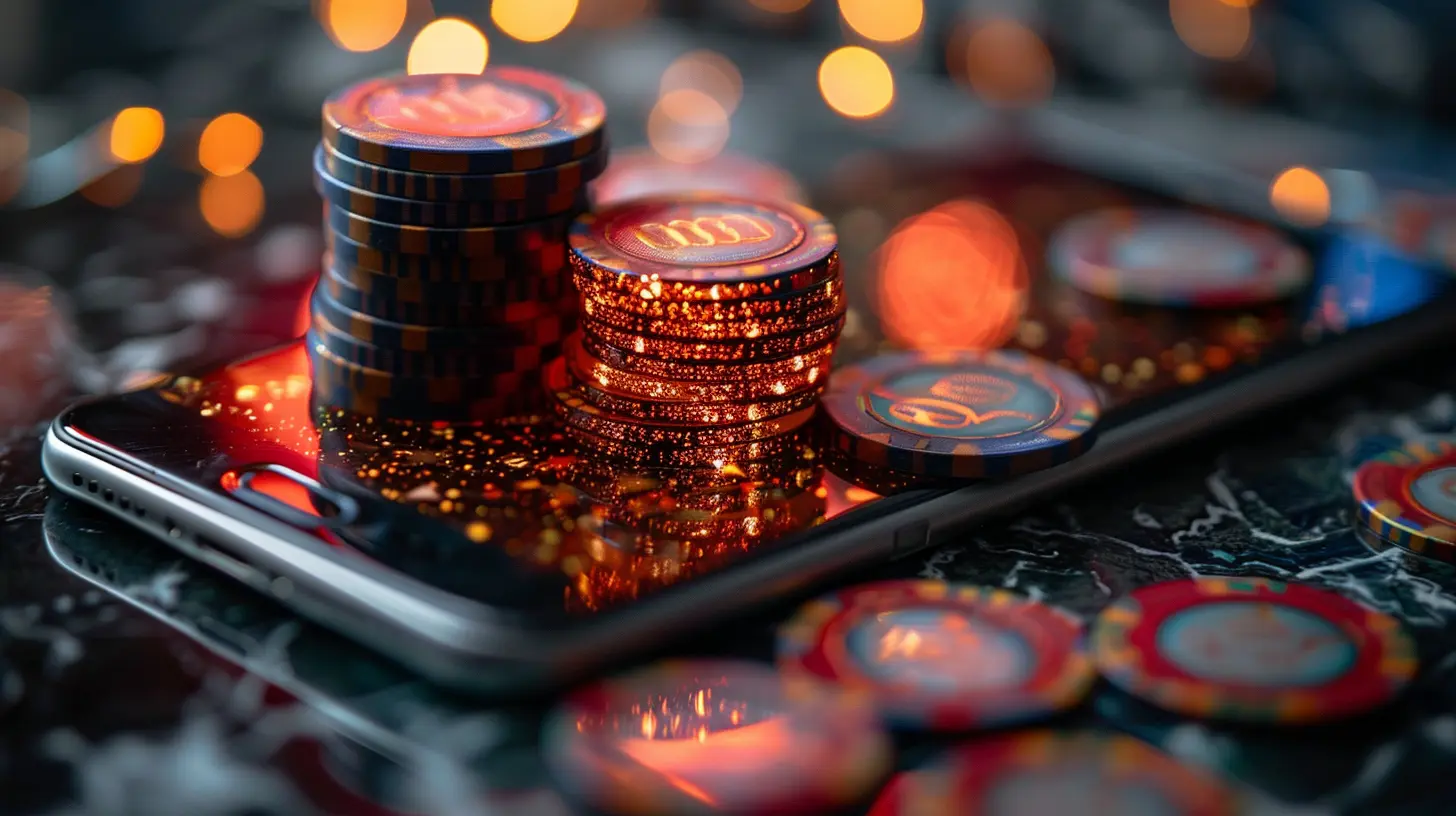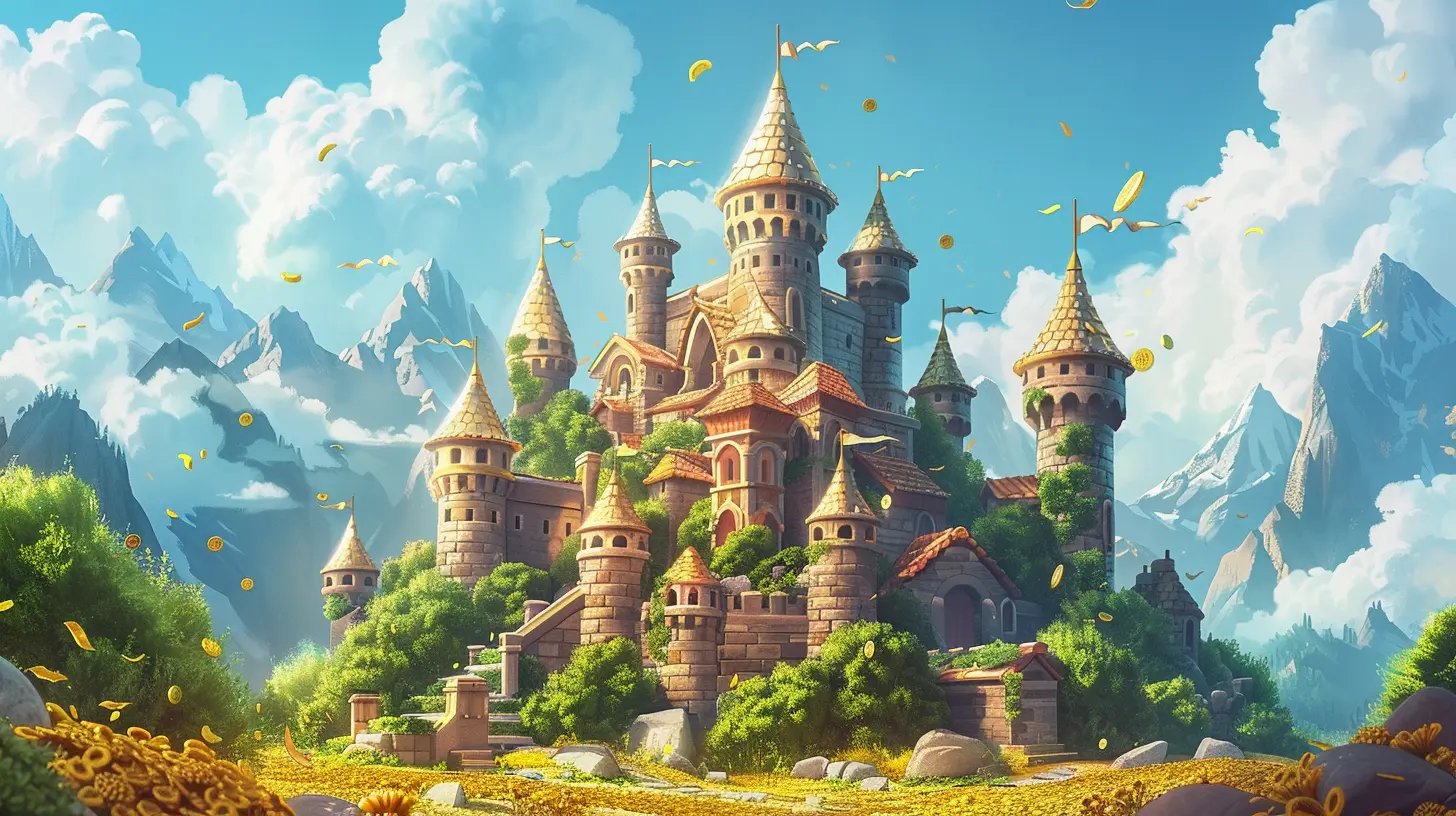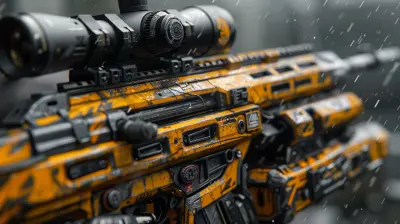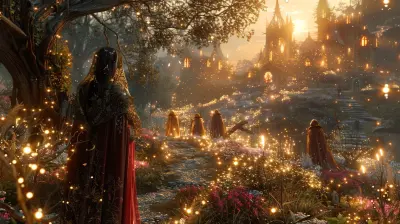Exploring the Relationship Between Monetization and Engagement
2 August 2025
Have you ever found yourself totally hooked on a game, only to suddenly be faced with endless pop-ups to “Buy Now” or “Get More Gems”? Yeah, we’ve all been there. It’s like trying to binge a great Netflix show and someone pauses it every 10 minutes to make you watch a commercial. Super annoying, right?
But here’s the million-dollar question: does monetization kill engagement, or can the two actually go hand-in-hand? That’s what we’re going to dive into today. So, grab your energy drink and let’s unpack the tangled, fascinating, and sometimes frustrating relationship between how games make money and how they keep us coming back for more.

What Is Monetization in Games Anyway?
Let’s start with the basics. Monetization is just a fancy word for how a game earns money. Think in-app purchases, advertisements, subscription models, battle passes, or even premium pricing.Here are the main models you’ve probably encountered:
- Free-to-Play (F2P) with in-app purchases
- Pay-to-Play (buy once, play forever)
- Freemium (free base game with paid upgrades)
- Ad-Supported (watch before you play)
- Subscription-Based (think Xbox Game Pass)
Simple enough, right? But the way these monetization strategies are implemented can directly affect how much time and energy players are willing to invest in a game.

Engagement: The Real Gold Mine
Now let’s talk about engagement. In the gaming world, engagement means how much players interact with a game—how often they play, how long they stick around, how deep they go into quests or leaderboards, and whether they’re likely to come back tomorrow.Game developers are obsessed with engagement. Why? Because an engaged player is a potential long-term customer. They’re more likely to make a purchase, invite friends, and keep the game alive.
So now imagine trying to balance these two forces: making money vs. keeping people happy and engaged. It’s like trying to ride a unicycle on a tightrope. One wrong move, and splat—you’ve lost your audience.

When Monetization Ruins Engagement
Let’s be real for a second. Monetization doesn’t always sit well with players. There’s a fine line between encouraging purchases and making players feel nickel-and-dimed.Ever dealt with these?
1. Pay-to-Win Mechanics
These are the infamous “wallet warriors.” You know the drill—some guy spends $200, unlocks all the top-tier characters, and completely wrecks you in PvP. Fun? Nope. Fair? Definitely not.These mechanics drive away players who can’t or won’t spend that kind of money. You end up with a broken ecosystem where only the rich rule the arenas.
2. Constant Ads
Some games feel more like commercials than games. A 30-second ad after every level? No thanks. These interruptions yank players out of the flow, and nothing kills immersion faster.3. Gacha & Loot Boxes
Let’s talk loot boxes. They’ve been compared to gambling for a reason—especially when you can’t preview rewards or when odds are mysteriously hidden. This shady monetization tactic leaves a sour taste and can push players away...unless they’re whales (more on that later).
When Monetization and Engagement Work Together (Yes, It Happens)
Believe it or not, there are plenty of games that absolutely nail the balance. When done right, monetization can actually fuel engagement.1. Cosmetic Purchases
Skins, emotes, avatars—things that don’t affect gameplay but let players express themselves. Fortnite is the king of this. You don’t need that Deadpool skin, but you sure as hell want it.It’s genius because it doesn’t give anyone an unfair advantage. Players stay engaged because they enjoy personalizing their experience.
2. Battle Pass Systems
You’ve probably seen these in tons of games now—Fortnite, Apex Legends, Call of Duty Mobile, heck, even Clash of Clans is jumping on board.A battle pass gives you goals, progression, and cool rewards as you level it up. It’s usually a low-cost, time-limited system that makes you want to keep coming back.
It’s like a loyalty program for gamers. And hey, if players feel they’re getting value? They don’t mind paying.
3. Try-Before-You-Buy Content
Some games let you try out premium items before committing. That builds trust and gives players a reason to stick around longer. It’s like sampling free cheese at a grocery store—once you taste it, buying seems like a no-brainer.The Psychology Behind It All
Here's where things get spicy—let's talk brains. Game devs are masters of using psychological tactics to increase both engagement and monetization.FOMO (Fear of Missing Out)
Limited-time offers, exclusive skins, timed events... they all tap into FOMO. You log in not because you want to, but because you’re scared of missing that sweet loot.The Commitment Fallacy
Ever invested 50 hours into a game and then dropped $5 just to make things smoother? That’s the commitment fallacy at work. You’ve already put in time, so money feels like a natural step.Dopamine Loops
Games are basically casino machines. In-game rewards (gold, XP, flashy animations) light up your brain's reward center. Add purchases into that loop, and you’ve got a moneymaker.
The Whale Effect: The 1% That Pays for Everyone
Here’s a mind-blowing stat: in many free-to-play games, 1% of players (known as “whales”) generate over 50% of revenue.Crazy, right?
This creates an interesting dynamic. Developers might load a game with pricey items for that 1%, while the rest of the player base enjoys the game for free.
Sounds unfair? Maybe. But it works... for now. If gamers feel the balance shifts too far towards serving whales while ignoring regular players, the whole system can crash.
The Rise of Ethical Monetization
Good news: the industry is evolving. More and more studios are starting to realize that being player-first isn’t just the right thing to do—it’s profitable in the long run.Here’s what “ethical monetization” looks like:
- Transparency in pricing
- Fair odds in loot boxes (or ditching them altogether)
- Putting gameplay before paywalls
- Respecting players' time (no grind-fests unless you pay)
Games like Warframe, Genshin Impact, and Path of Exile are great examples. They offer free content, deep gameplay, and monetization that doesn’t feel like highway robbery.
What the Future Holds
So where are we heading?The lines between monetization and engagement will continue to blur. Live service games (like Destiny 2 or Rainbow Six Siege) depend on constant updates, seasonal content, and evolving monetization strategies.
Expect to see more games:
- Using AI to personalize offers based on player habits
- Embracing NFTs and blockchain-based economies (controversial, but gaining traction)
- Offering hybrid models (one-time payment + optional purchases)
But one thing’s for sure: studios that build trust with their players will always have the edge.
Final Thoughts: It’s a Game of Balance
At the end of the day, monetization and engagement are like two players in a co-op game—they perform best when they work together. If you lean too hard on monetization, you risk burning out your audience. Focus only on engagement without revenue, and the game might not survive long enough to build a loyal fanbase.For developers, the magic is in designing a system where players feel rewarded, not exploited. For players, it’s about knowing your limits and supporting the games that respect your time and wallet.
And hey, let’s be honest. We all love a good game. But loving a game and being milked dry by it? That’s a whole different story.
Choose your games wisely, and may your gems be plentiful (and fairly priced)!
all images in this post were generated using AI tools
Category:
Game MonetizationAuthor:

Stephanie Abbott
Discussion
rate this article
2 comments
Yvonne Vance
How do different monetization strategies impact player engagement and overall gaming experience?
December 2, 2025 at 3:35 PM
Angie Navarro
Insightful read, thanks for sharing!
August 16, 2025 at 3:46 AM

Stephanie Abbott
Thank you! I'm glad you found it insightful!


